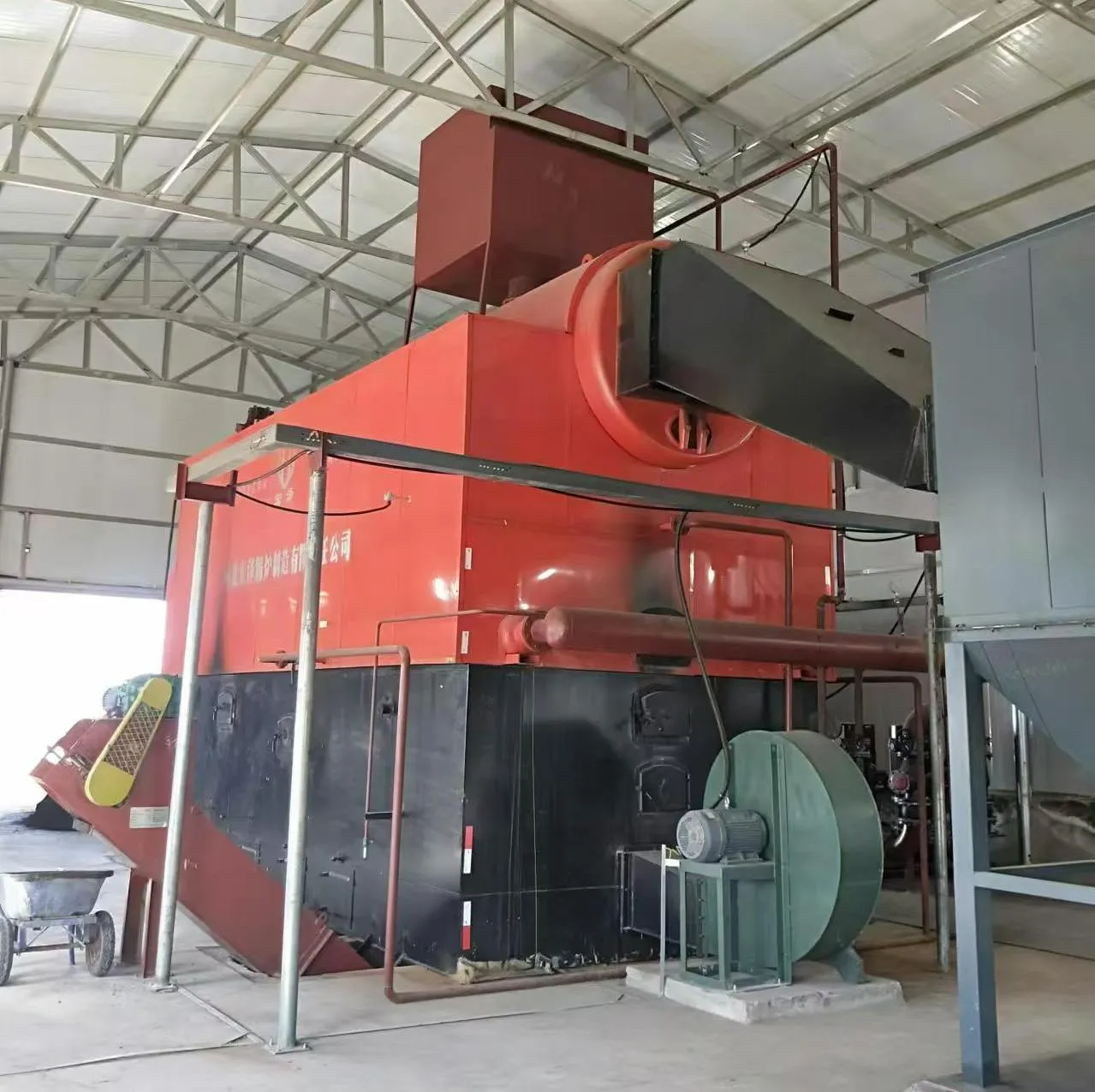
অক্টো. . 14, 2024 12:12 Back to list
oil fired hot water boiler diagram
Understanding the Oil-Fired Hot Water Boiler A Comprehensive Diagram Analysis
Oil-fired hot water boilers are essential systems commonly used in residential and commercial heating applications. Their design and functionality allow for efficient heating through the combustion of oil. This article explores the key components and operations of an oil-fired hot water boiler, as illustrated in typical diagrams, providing a clearer understanding of how these systems work.
Components of an Oil-Fired Hot Water Boiler
A typical oil-fired hot water boiler comprises several critical components, each playing a vital role in the heating process
1. Burner The burner is one of the most crucial components of the boiler. It atomizes the oil and mixes it with air before combustion. A well-functioning burner ensures complete combustion, maximizing efficiency and minimizing emissions. Various burner types, such as rotary cup or gun-type burners, may be used depending on the design of the boiler.
2. Combustion Chamber The combustion chamber is where the oil is ignited to produce heat. This chamber is designed to withstand high temperatures and allows for the combustion process to occur efficiently. The design often includes insulation to prevent heat loss.
3. Heat Exchanger After combustion, the hot gases pass through a heat exchanger. The heat exchanger transfers heat from the combustion gases to the water circulating through the boiler. This process is essential, as it enables the system to provide hot water efficiently.
4. Water Supply and Return Lines The water supply line delivers cold water to the boiler, while the return line carries heated water back to the system for distribution. The efficient flow of water is critical to ensuring that the heating system operates effectively.
5. Expansion Tank As water is heated, it expands. The expansion tank accommodates this increase in volume, preventing excess pressure within the system. This component also allows for the safe expansion and contraction of water as it heats and cools.
6. Pump The circulating pump is responsible for moving water throughout the system. It ensures that hot water reaches the radiators or other heating elements efficiently, maintaining a steady temperature throughout the building.
7. Thermostat The thermostat regulates the temperature of the hot water. It works by signaling the burner to turn on or off based on the desired temperature, ensuring that the system operates within safe and efficient parameters.
oil fired hot water boiler diagram

8. Flue and Venting System The flue allows exhaust gases produced during combustion to escape safely outside. Proper venting is crucial to prevent the buildup of harmful gases within the living space, maintaining a safe environment.
The Heating Process
The operation of an oil-fired hot water boiler involves several steps
1. Oil Supply Fuel oil is stored in a tank and delivered to the burner when needed. The delivery system typically includes filters to ensure that impurities do not enter the burner, which could affect performance.
2. Ignition The burner ignites the oil, beginning the combustion process. This generates heat, raising the temperature of the combustion gases.
3. Heat Transfer As the hot gases pass through the heat exchanger, they transfer their heat to the water circulating within the system. This increases the water temperature efficiently.
4. Hot Water Distribution The now heated water is circulated through the building via pipes to radiators, baseboard heaters, or hot water faucets, providing necessary warmth or hot water for various applications.
5. Exhaust Management The combustion gases exit through the flue and are vented outside, maintaining a safe indoor environment.
Conclusion
Understanding the function of an oil-fired hot water boiler through its diagrammatic representation allows for better appreciation of its design and efficiency. Each component plays a significant role in ensuring reliable hot water and heating. Regular maintenance and proper function of these components are crucial for energy efficiency and safety. By appreciating the intricacies of oil-fired hot water boilers, users can make informed decisions regarding their heating needs, potentially leading to more efficient operation and reduced energy costs.
-
Efficient Biomass Fired Hot Water Boiler | AI Heating Solution
NewsAug.01,2025
-
High-Efficiency Gas Thermal Oil Boilers | HPT Models
NewsJul.31,2025
-
Oil Fired Hot Water Boilers Sale - High Efficiency & Affordable
NewsJul.31,2025
-
High-Efficiency Commercial Oil Fired Steam Boiler for Industry
NewsJul.30,2025
-
High-Efficiency Biomass Fired Thermal Oil Boiler Solutions
NewsJul.30,2025
-
High Efficiency Gas Fired Thermal Oil Boiler for Industrial Heating
NewsJul.29,2025
Related PRODUCTS






















